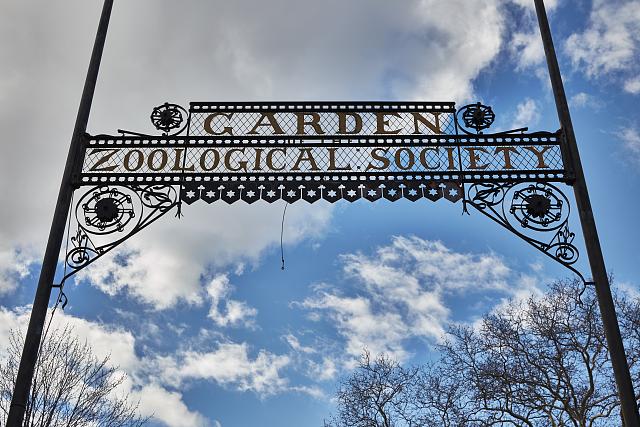On the morning of July 1, 1874, the first zoo in the United States, the Philadelphia Zoo, opened its doors to visitors who, for a quarter or less, could visit and view the 813 animals that lived there. Today, the Philadelphia Zoo has more than twice as many animals and four times as many visitors as it had during its first year of operation.
Much more has changed in the zoo than the number of animals and visitors. Visit the Philadelphia Zoo’s History Overview to learn more about the first zoo in the United States. Then have your class compare features and aspects of the first zoo with a modern zoo, using the interactive Venn Diagram tool. Ask your students to think in particular about the differences in how animals are cared for and the habitats where they live.
Once your students have considered how zoos have changed over time, invite them to imagine the zoo of the future. How will animals be cared for? What will the zoo look like? Who will visit the zoo? What will be the primary mission of the zoo? In small groups, students can explore these questions and then design their own zoo of the future using drawings, posters, dioramas, and other display techniques.
Curious about the NCTE and Library of Congress connection? Through a grant announced recently by NCTE Executive Director Emily Kirkpatrick, NCTE is engaged in new ongoing work with the Library of Congress, and “will connect the ELA community with the Library of Congress to expand the use of primary sources in teaching.” Stay tuned for more throughout the year!
It is the policy of NCTE in all publications, including the Literacy & NCTE blog, to provide a forum for the open discussion of ideas concerning the content and the teaching of English and the language arts. Publicity accorded to any particular point of view does not imply endorsement by the Executive Committee, the Board of Directors, or the membership at large, except in announcements of policy, where such endorsement is clearly specified.

